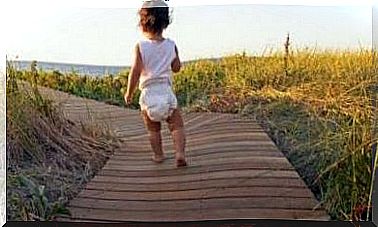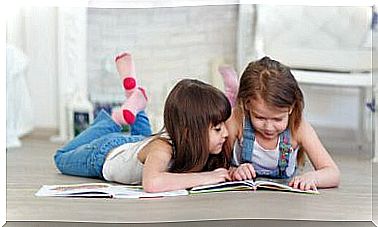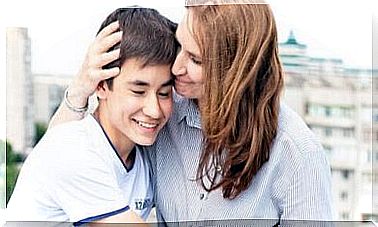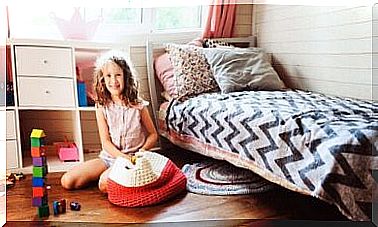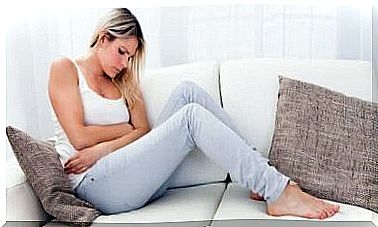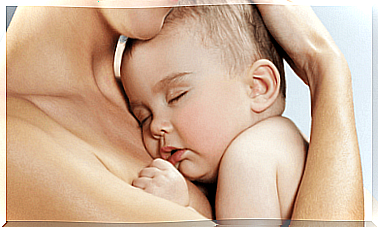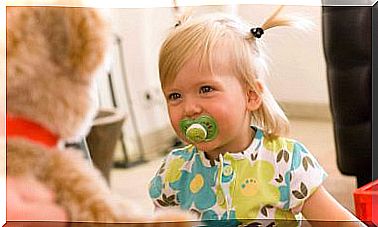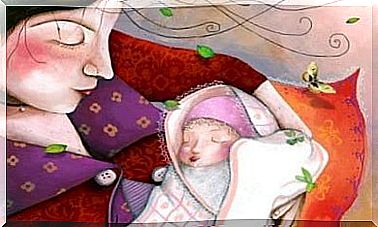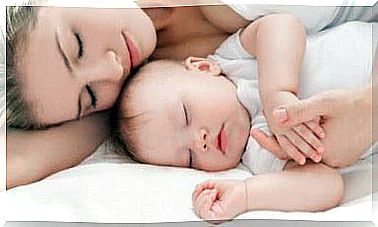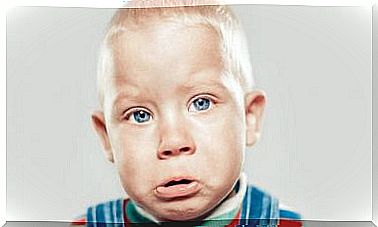4 Experiments With Water For Children
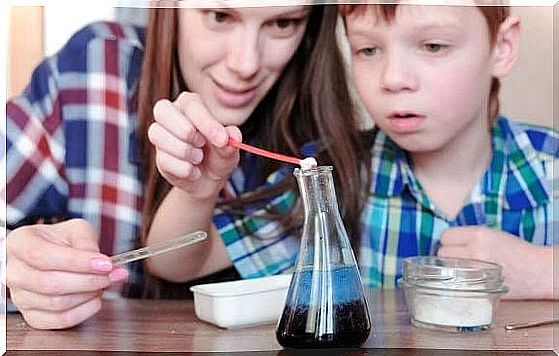
Your children need to learn about the basic laws of physics and chemistry, including the properties of water. Is there any better way to learn than through fun experiments with water?
There are many simple experiments with water that you can do with your children at home. With these, you can teach them about the magical world that science represents in a fun way.
The best way to explain science is by experimenting. It is good for children because it arouses their curiosity and interest in scientific phenomena.
Experiment with water for children
Here we have collected some experiments with water that you can have fun with together at home:
1. Pepper that escapes
For this experiment you will need:
- Water
- A bowl
- Ground pepper
- Liquid soap or detergent
Performance:
- Add some water to the bowl.
- Sprinkle the pepper on the water until it covers the surface.
- Take a small drop of liquid soap or detergent on your finger.
- Then touch the surface of the water with your fingertip somewhere in the middle of the bowl.
When you make the last step, you see how the pepper moves quickly away from the place where the soap came in contact with the surface. Some pepper fragments will fall to the bottom, and some will escape to the edges of the bowl.
What’s going on?
The water molecules are connected to each other by bonds and have a so-called surface tension. This means that through the layer between the water and the air, this surface can carry a light substance.
This surface tension allows the pepper to flow. Thereafter, the detergent or soap reduces this tension by disturbing the bonds.
When that surface tension is broken, the pepper has no opportunity to stay. It will either sink to the bottom or escape to the edges of the bowl.
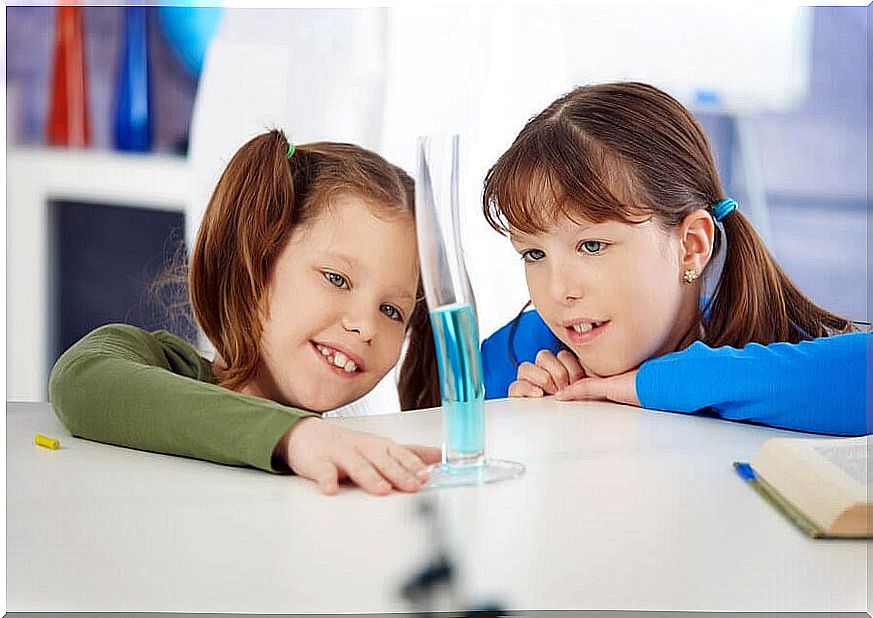
2. A rainbow in a bottle
You will need:
- A transparent plastic bottle
- Honey
- Syrup (preferably white syrup or glucose syrup)
- Washing-up liquid
- Water
- Alcohol
- Caramel color
- Oil
Performance:
- The first thing you do is add caramel color to the syrup, water, oil, detergent and alcohol. Be sure to use a new color for each liquid.
- Then pour the liquids into the bottle one at a time. Start with the honey, then continue in this order: syrup, detergent, water, oil and alcohol. Use a sufficient amount to form a layer that is at least 1-2 cm. To prevent the liquids from mixing, you can pour them over the back of a spoon.
The liquids must form layers or layers. Be careful not to mix them. They form a beautiful rainbow that you can admire in the light.
What’s going on?
Density is how you measure the density of a substance or its mass per unit volume. This can be done in solids, liquids and gases. Each substance has its own density, and this experiment shows the different densities of the different substances.
Liquids with more molecules, ie higher density, are heavier. They sink to the bottom. If you do this very carefully, they can form layers without mixing with each other. The ones that are easiest float at the top.
3. The cycles of water
For this experiment you will need:
- A transparent plastic bottle
- Water
- Blue caramel color
- Felt-tip pens
Performance:
- To begin with, draw a sky with the sun and a few clouds on top of the bottle.
- Then pour some water into the bottle, fill it about halfway and screw on the lid.
- Then place the bottle in the sun for a while.
The water at the bottom of the bottle evaporates when the sun warms it. Then it rises and forms water droplets on top of the bottle.
What’s going on?
This bottle shows a simple part of the water cycle on our earth. The sun heats the water, and the water rises in the atmosphere in the form of water vapor. It forms clouds that store the water.
The steam in the clouds condenses. When it meets a cold stream of air, it falls down again in the form of rain. This is one of the best experiments with water for children.
4. Experiment with wandering water
The materials for this experiment are:
- Water
- 3 transparent containers of the same size
- Paper towels
- Blue and yellow caramel color
Performance:
- Fill two of the containers halfway up with water.
- Then mix the water in one of the containers with yellow paint and the water in the other with blue paint.
- Place the three containers in a row (the empty one in the middle).
- Fold two paper towels into narrow strips.
- Place one end of the strip in the yellow water container. Then place the other end in the empty container. Do the same with the blue water tank.
Watch the water migrate from the water-filled containers through the paper towels. Your kids will love watching the water turn green in the container in the middle.
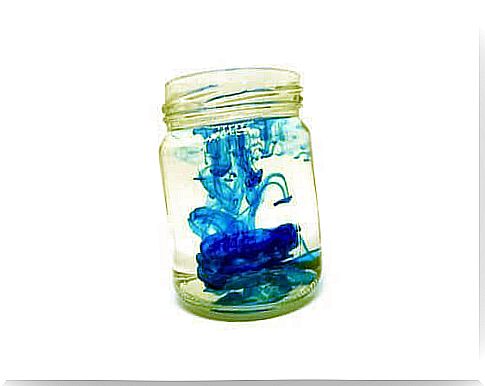
What’s going on?
The water molecules are connected to each other and everything they are in contact with. This is called adhesion. Capillary force is also important here, as is the ability of liquids to move upwards in the spaces of a porous material.
In this experiment with water, children can see how the molecules stick to the paper towel. They can see how they are also attached to the rest of the liquid. In addition, they see how two primary colors are combined to create a new one.
Water is the basis of all life on our planet. Through these experiments with water, children can learn the importance of its functions and properties.
These types of activities are both fun and economical. They are also very educational, which makes them very valuable.
Enjoy discovering the world with your children, without having to leave your home. Open the door to the world of incredible science!
